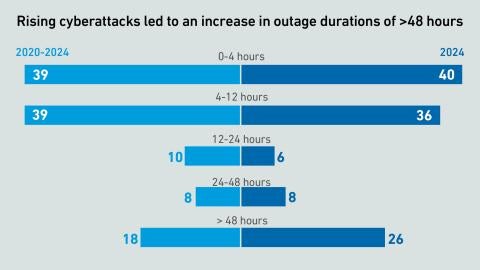Organizations that architect resiliency into their cloud applications should expect a sharp rise in carbon emissions and costs. Some architectures provide a better compromise on cost, carbon and availability than others.
filters
Explore All Topics
In the US, the politicization of data center development is underway, driven by its impact on power prices. As state governments seek ways to protect consumers, operators will need to engage in the policy debate.
Many operators expect GPUs to be highly utilized, but examples of real-world deployments paint a different picture. Why are expensive compute resources being wasted - and what effect does this have on data center power consumption?
Data center owners and operators find it challenging to retain qualified staff. Research-backed strategies can provide solutions for building stronger mentorship programs and improved staff retention.
Hyperscalers offer a confusing array of on-premises versions of their public cloud-enabling infrastructure - the differences between them are rooted in whether the customer or the provider manages the control plane and server hardware.
Digital twins are increasingly valued in complex data center applications, such as designing and managing facilities for AI infrastructure. Digitally testing and simulating scenarios can reduce risk and cost, but many challenges remain.
Under the EU's Digital Operational Resilience Act (DORA), data centers designated as "critical" for their role in financial services will face direct regulatory oversight and new resiliency requirements.
Cloud providers live and die based on trust - customers rely on them to run workloads effectively, offer scalable capacity, sustain prices and keep data confidential. But recent geopolitical instability threatens to undermine that trust.
The global tariff crisis initiated by the US administration is expected to have strong, long-lasting effects on the data center sector, driving up prices and slowing growth.
While AI infrastructure build-out may focus on performance today, over time data center operators will need to address efficiency and sustainability concerns.
AI vendors claim that "reasoning" can improve the accuracy and quality of the responses generated by LLMs, but this comes at a high cost. What does this mean for digital infrastructure?
Data center builders who need power must navigate changing rules, unpredictable demands - and be prepared to trade.
Quantum computing progress is slow; press releases often fail to convey the work required to make practical quantum computers a reality. Data center operators do not need to worry about quantum computing right now.
Customers are responsible for architecting resiliency into their cloud apps. However, the cloud's consumption model means resiliency comes at a price. Enterprises must evaluate availability against cost before building on the cloud.
Major and damaging publicly reported outages are increasingly likely to be due to a deliberate attack - whether cyber or physical, according to Uptime Intelligence public outage data for 2024.
 Dr. Owen Rogers
Dr. Owen Rogers
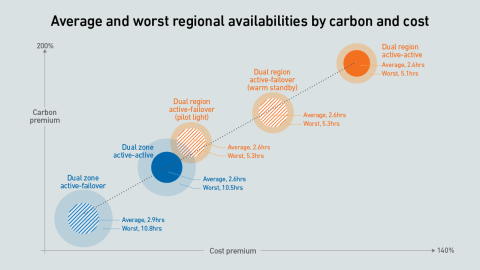
 Peter Judge
Peter Judge
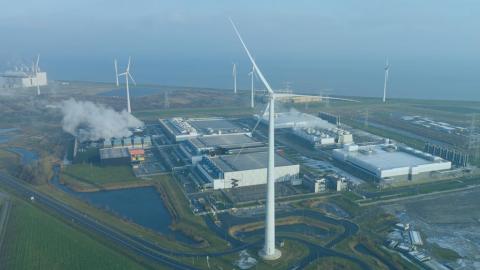
 Max Smolaks
Max Smolaks

 Rose Weinschenk
Rose Weinschenk

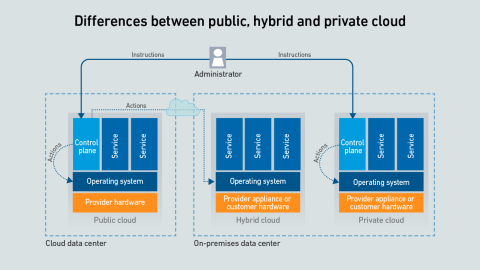
 John O'Brien
John O'Brien

 Douglas Donnellan
Douglas Donnellan
 Seb Shehadi
Seb Shehadi


 Daniel Bizo
Daniel Bizo

 Dr. Tomas Rahkonen
Dr. Tomas Rahkonen
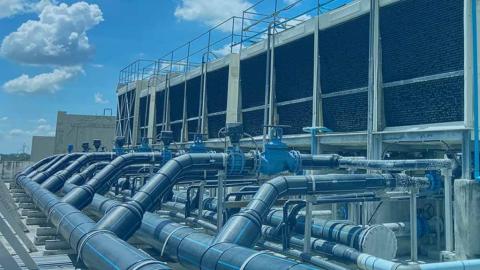

 Andy Lawrence
Andy Lawrence



